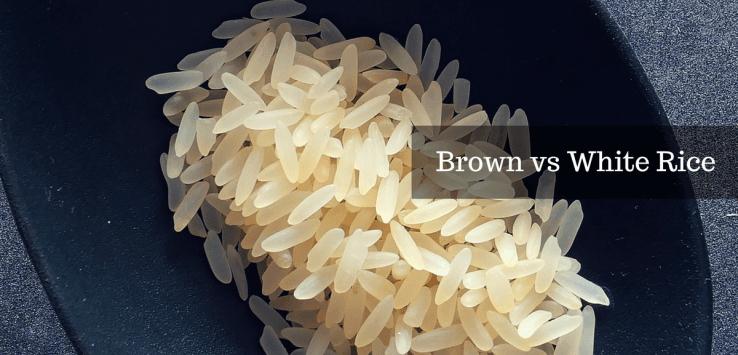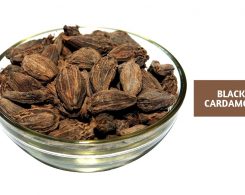- 1Share
Are you wondering which kind of rice is better for you? Brown rice is the whole grain – it contains everything but the hull. White rice, on the other hand, is left after the germ and bran layers are taken off. Along with these layers, important nutrients are also lost. But is there a significant difference between the two varieties? Let’s explore brown rice vs white rice.
Brown Rice vs White Rice
What Ranks Higher In Nutrition?
Brown rice contains higher amounts of fibre, iron, vitamins B1, B3 and B6, manganese, selenium, potassium, and phosphorous. In fact, it’s incredibly high in manganese, with around 85% of the daily requirement. But this rice contains an anti nutrient called phytic acid, which prevents mineral absorption. This means that even though brown rice contains significantly higher amounts of minerals than the white type, your body cannot absorb them, thanks to phytic acid. White rice, on the other hand, contains less minerals but also no absorption blocking acids.
Which One Is Easier To Digest?
White rice vs brown rice, which one is easier on the stomach? Ayurvedic experts would say that brown rice suits some people, while the processed variety suits others. Brown rice is harder to digest because of its middle layer. But it is also packed with insoluble fibre that actually makes digestion easier and bowel movement smoother. So if your stomach is able to handle brown rice, you can benefit from the fibre content. Those with weak agni (digestive fire) like Vata types might find white rice easier to digest. In this case, you’ll have to load up on other digestion boosting foods like ginger, oats, and fennel.
What Helps Manage Weight Better?
White rice has been found to increase weight. One of the advantages of brown rice over white rice is that it’s generally better for weight loss. That’s because brown rice has lesser calories and carbs, but more fibre and protein…although it has a bit more fat. Overall, if you are trying to minise your calorie intake and avoid high carb foods, go for the brown variety. It boosts metabolism and helps you feel full for longer durations of time – thus helping you shed those extra pounds more easily.
Which One Is Safer For Diabetics?
If you’re wondering about whether you should eat brown rice or white rice for diabetes type 2, the answer is brown rice. People with high blood sugar are generally advised not to eat white rice at all, since it has lots of carbs and causes spikes in blood glucose levels. It can also worsen weight gain – which is harmful for diabetics. Brown rice, on the other hand, has been found to control blood sugar (since it has a low glycemic index), aid weight management, and improve metabolism.
The Verdict…
There isn’t quite a clear answer to who wins in the battle of brown rice vs white rice – both are good and bad, depending on what factors you’re looking at. White rice is easier on the stomach and contains zero mineral absorption blocking ingredients. On the other hand, brown rice has higher nutrients and if you can digest it well, it improves metabolism as well as can help control weight and blood sugar. At the end of the day, make sure you consult your doctor if you want to eat either of them for health conditions, and as Ayurveda always says – moderation is key.






Leave a Reply